This summer’s relentless heat wave led to a record number of air conditioning repairs.
Even properly functioning AC systems in larger-volume kei cars tend to struggle with cooling capacity, and even minor malfunctions can make the AC seem completely ineffective.
Vehicle Details:
2009 DBA-MK21S
K6A engine with CVT
Mileage: 110,000km
Suzuki kei cars from this era were particularly prone to AC problems, especially refrigerant leaks from the evaporator (the indoor unit).
There were partial recalls and extended warranties (up to 9 years from new vehicle registration), and it’s no exaggeration to say that almost every vehicle was affected. This Palette might be the last of these vehicles under my care.
The leaking evaporator is housed inside an integrated HVAC unit deep behind the dashboard, with refrigerant and heating pipes running through the bulkhead into the engine compartment.
Naturally, removing this large HVAC unit requires complete dashboard removal.
Once the HVAC unit is removed, only the pedals and fuse box remain in the front interior.
The removed evaporator was wet with compressor oil that circulates with the refrigerant, indicating significant leakage.
The fluorescent dye previously injected into the refrigerant circuit reacts to UV light (glowing green areas).
Since the fluorescent dye flows out through the drain hose to the vehicle’s exterior, we can diagnose evaporator refrigerant leaks before disassembly.
After reassembly, we charge the specified amount of refrigerant (HFC134a), but first, there’s a preliminary step called “vacuum pulling” using a rotary pump.
The photo shows a vintage AC gas charger (from the R12 refrigerant era). I’ve modified just the rotary pump portion of this elaborate machine, which remains in service today.
The English text engraved on the machine’s side and its American-style design weren’t necessarily chosen for practical reasons, but rather as a means to express the “aspirational values” and “added value” in Japanese society at that time.
While the Japanese-English (Wasei-eigo) might seem slightly amusing now, it serves as an interesting historical record of Japan’s industrial development and cultural identity from that period. I interpret this as a physical manifestation of the values and aspirations held by Japanese society at that time.
With this Palette’s AC repair, this season’s operations are winding down. I’m taking this opportunity to repair the oil seepage from the oil level sight glass that I’ve been concerned about.
Small parts like these that were once hard to obtain are now easily available thanks to abundant information access, allowing us to keep 40-year-old machines running smoothly.
I also took this opportunity to clean the internal dirt and grime that had accumulated over the years. Let’s have it work hard again next season.
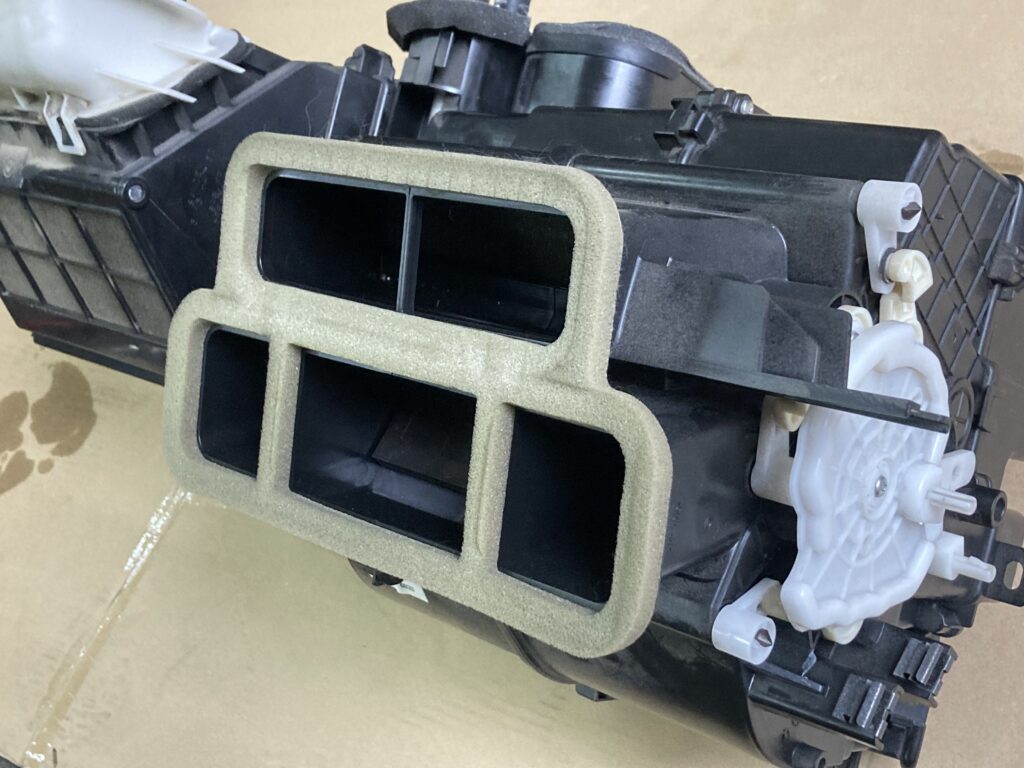
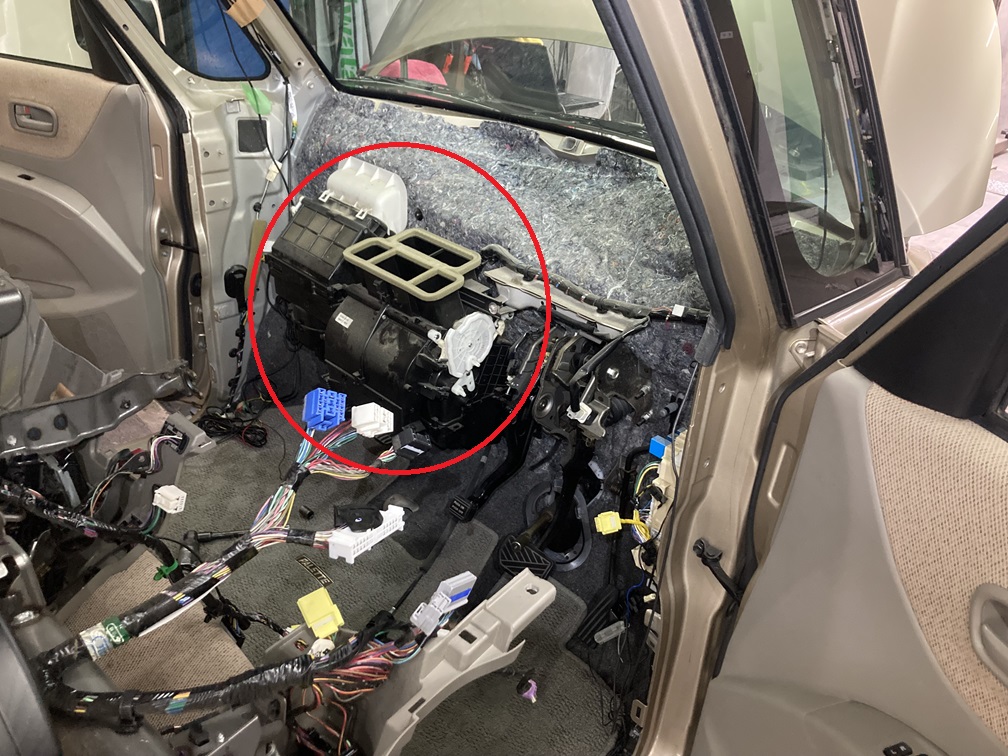
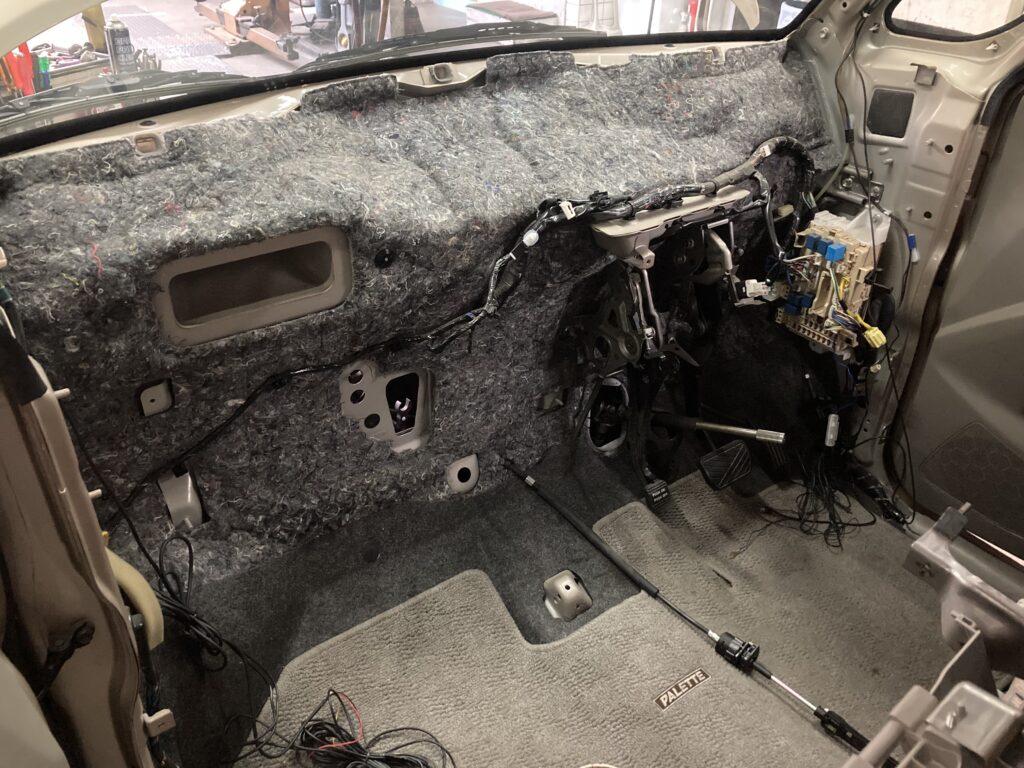
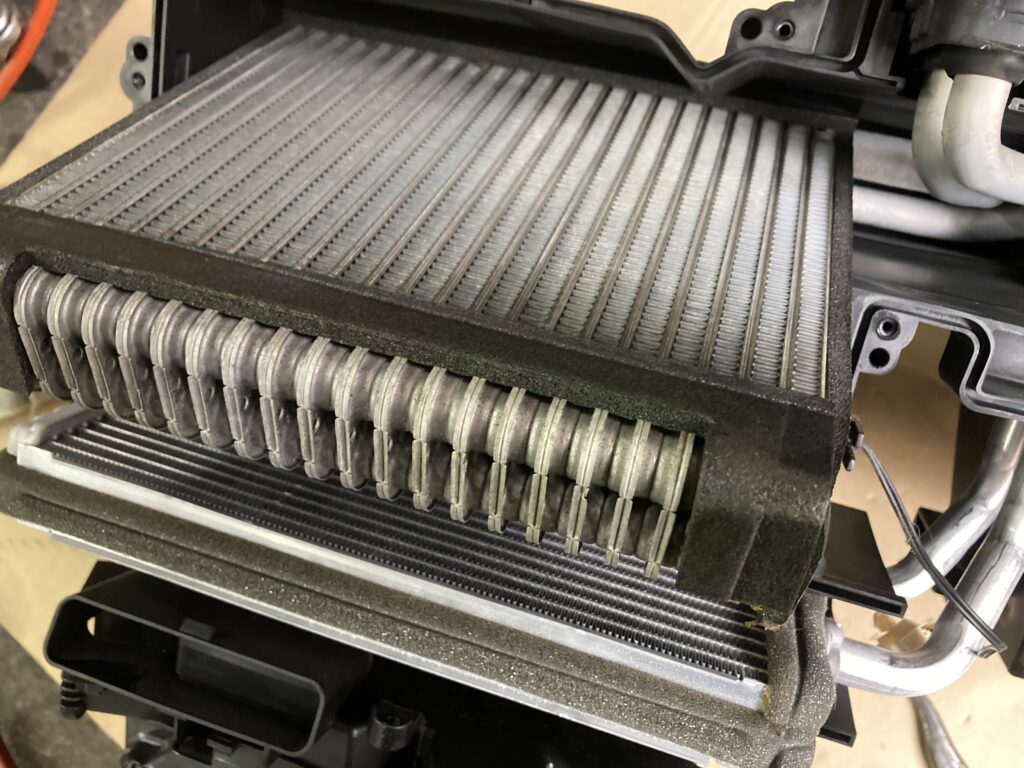
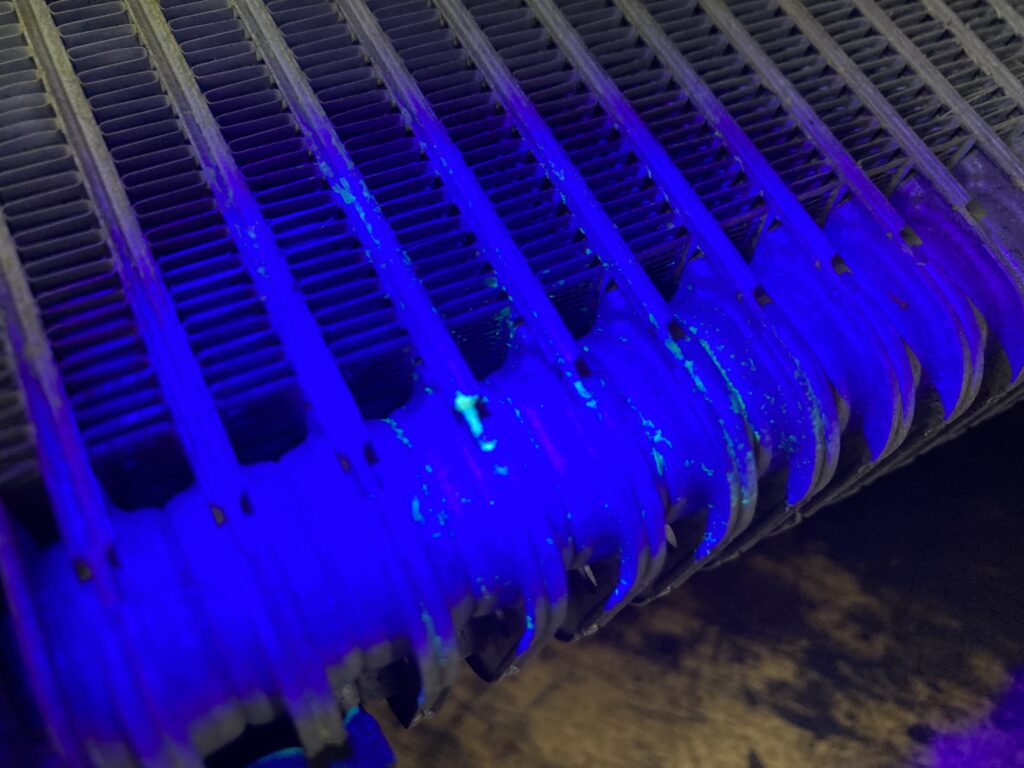
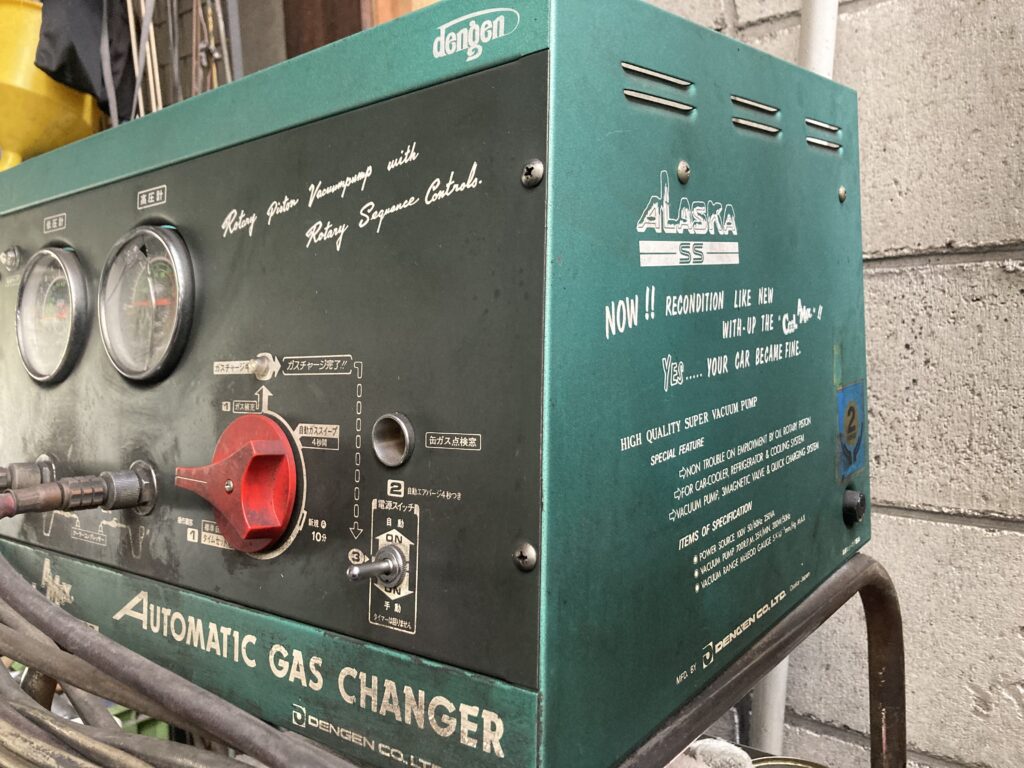
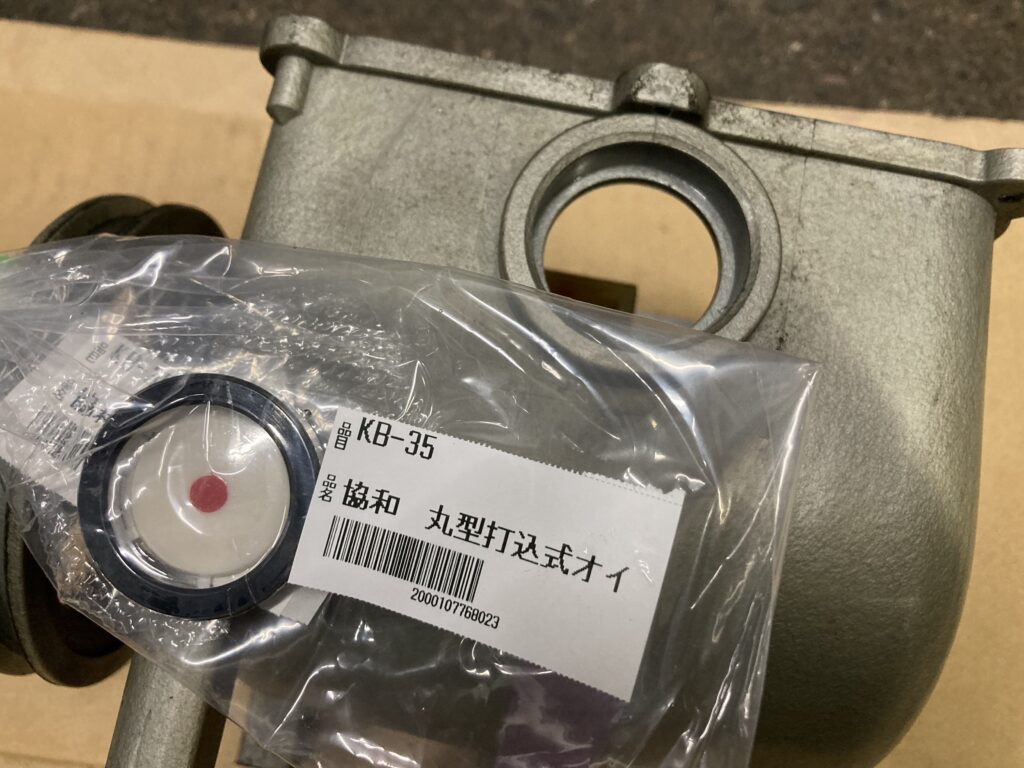
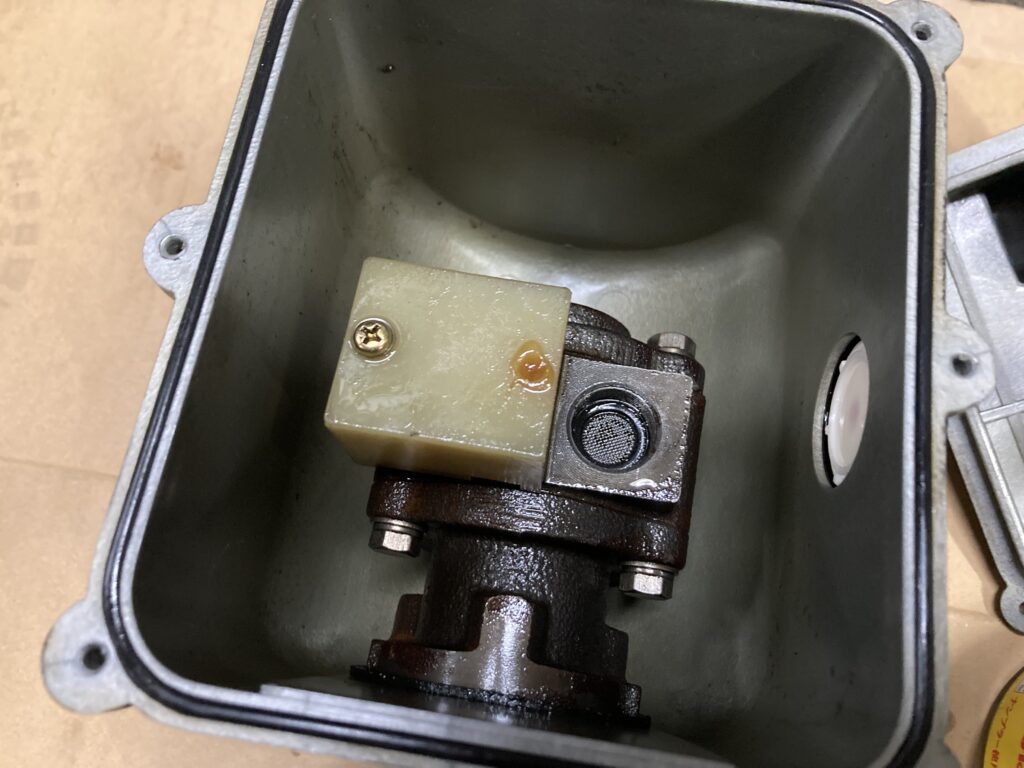
Leave a Reply